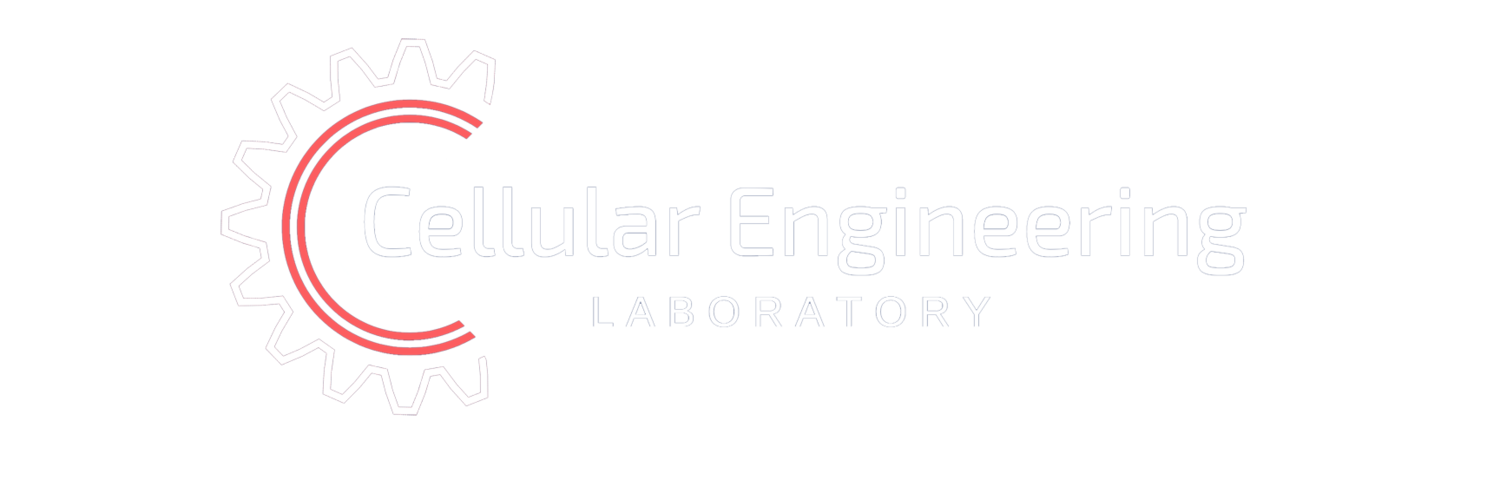Dr. Clark Hung and Matthew Pellicore publish review article in the International Journal of Molecular Sciences titled “Biophysical Modulation of Mesenchymal Stem Cell Differentiation in the Context of Skeletal Repair”
Abstract: A prominent feature of the skeleton is its ability to remodel in response to biophysical stimuli and to repair under varied biophysical conditions. This allows the skeleton considerable adaptation to meet its physiological roles of stability and movement. Skeletal cells and their mesenchymal precursors exist in a native environment rich with biophysical signals, and they sense and respond to those signals to meet organismal demands of the skeleton. While mechanical strain is the most recognized of the skeletal biophysical stimuli, signaling phenomena also include fluid flow, hydrostatic pressure, shear stress, and ion-movement-related electrokinetic phenomena including, prominently, streaming potentials. Because of the complex interactions of these electromechanical signals, it is difficult to isolate the significance of each. The application of external electrical and electromagnetic fields allows an exploration of the effects of these stimuli on cell differentiation and extra-cellular matrix formation in the absence of mechanical strain. This review takes a distinctly translational approach to mechanistic and preclinical studies of differentiation and skeletal lineage commitment of mesenchymal cells under biophysical stimulation. In vitro studies facilitate the examination of isolated cellular responses while in vivo studies permit the observation of cell differentiation and extracellular matrix synthesis.
